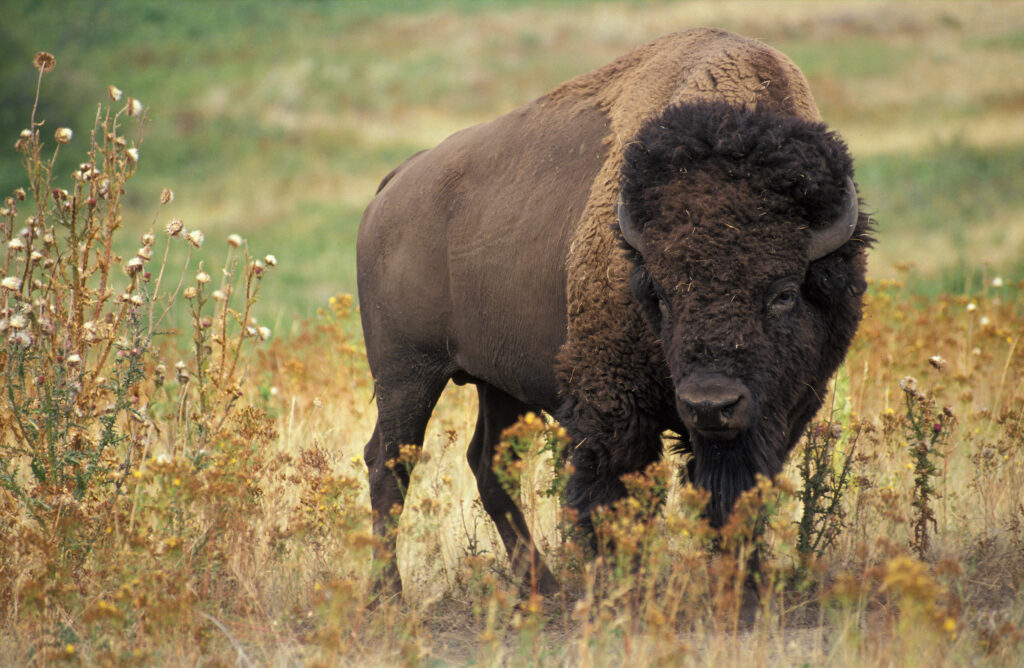Why Do We Need To Protect Our Grasslands?
Grazing land, also referred to as grasslands, serve as a cross-over ecosystem that contributes critical protein production for a global population, provides for rural economies, and at the same time influences our climate, eater and air quality, wildlife habitats and sequesters significant quantities of atomosphic carbon.
In the United States, grasslands account for over 650 million acres, about a third of our country’s land mass. Despite their presence in all 50 states, our grazing lands are at an alarming rate – between 2016 and 2020, society lost more than 10 million acres from
the Great Plains.
Restoring health and vitality to our grazing lands is the first step to protecting this valuable resource.
The ways this can be accomplished are through the following:
-
Sustainable Grazing:Implementing rotational grazing and managing livestock numbers to prevent overgrazing, which can lead to soil degradation.
-
Crop Rotations:Practicing crop rotations in areas converted from grasslands can help maintain soil health and fertility.
-
Organic Farming:Promoting organic farming practices can help reduce the use of harmful chemicals and improve soil health.
-
Fire Management:Controlled burns can help maintain grassland ecosystems by stimulating new growth and reducing the risk of wildfires.Investing in Conservation Programs:
-
The North American Grasslands Conservation Act:This proposed legislation would create a landowner-driven, voluntary, incentive-based program to conserve grasslands.
-
The Conservation Fund:Organizations like The Conservation Fund are actively working to protect grasslands through partnerships with landowners and other organizations.
-
Grassland Conservation Reserve Program (CRP):This USDA program provides funding for landowners to convert environmentally sensitive lands to grasslands.
4. Education and Community Involvement:-
Education:Educating farmers, ranchers, and the public about the importance of grasslands and sustainable land management practices is crucial.
-
Community Guardians:Engaging local communities in grassland conservation efforts can foster a sense of ownership and stewardship.
5. Research and Monitoring:-
Monitoring:Continuously monitoring grassland ecosystems is essential to assess their health and identify areas that need restoration.
-
Research:Investing in research to better understand grassland ecosystems and develop effective conservation strategies is vital.
-

